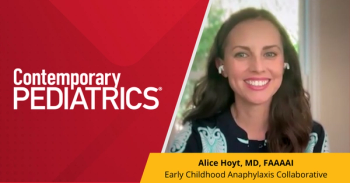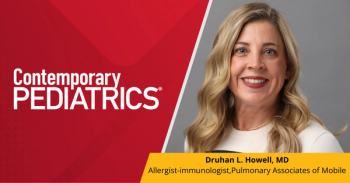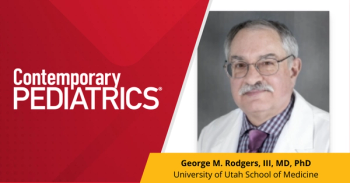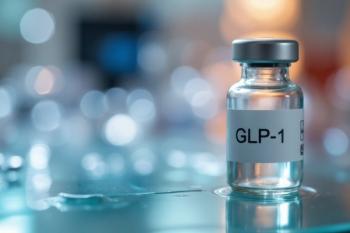
FDA approves expanded indication for MED-EL cochlear implants, allowing use in infants 7 months or older with bilateral SNHL and broadening pediatric eligibility.

FDA approves expanded indication for MED-EL cochlear implants, allowing use in infants 7 months or older with bilateral SNHL and broadening pediatric eligibility.

New AAP guidance supports early use of exome and genome sequencing, offering higher diagnostic yield and faster results for children with developmental delay and ID.

Higher maternal vitamin D levels in pregnancy were associated with reduced odds of early childhood caries and lower dmft scores in offspring.

Joshua Feder, MD, highlights how interest-based, blended, and ABA strategies can all be effective options when working with a child with autism.

New US modeling study results find nirsevimab would avert the most infant RSV-LRTD events and hospitalizations compared with clesrovimab or RSVpreF maternal vaccination.

Joshua Feder, MD, explains how AACAP’s revised policy aims to improve access, insurance coverage, and family-centered decision-making for autism care.

Alice Hoyt, MD, FAAAI, underscored three core recommendations for improving pediatric food allergy management, emphasizing coordinated care and reliable access to epinephrine.

A look back at the FDA submissions and regulatory decisions in the pediatric health care space from November 2025.

Jonathan Flyer, MD, emphasizes that early detection of FH through guideline-recommended universal screening can be lifesaving and supports broader family identification.

Take a quick look at everything you may have missed this month, including the top FDA approvals and latest clinical updates.

“It represents the first time an in vivo HSC-directed gene insertion therapy has been evaluated in a patient," said CEO Jim Burns in a statement.

Get caught up with Contemporary Pediatrics! This list helps you navigate our top stories from the week, all in one place.

A phase 2b randomized trial found once-weekly navepegritide improved growth velocity, skeletal alignment, and physical functioning in children with achondroplasia.

Jonathan Flyer, MD, highlights strategies to improve universal pediatric lipid screening and early detection of familial hypercholesterolemia in children.

Findings from a pilot randomized trial of a multifaceted pediatric obesity care model found strong family engagement and highlighted the importance of psychosocial support in treatment.

A national poll shows many parents plan in-person Thanksgiving gatherings despite concerns about COVID-19 transmission and risks to high-risk relatives.

Learn simple strategies to help picky eaters enjoy a balanced Thanksgiving meal through planning, involvement, and a relaxed holiday atmosphere.


Can you guess the diagnosis?

A prepandemic NHANES analysis found no significant differences in fruit, vegetable, or overall diet quality between WIC participants and eligible nonparticipants.

Druhan Howell highlighted that pediatric patients using tapinarof cream experienced rapid symptom relief and improved quality-of-life measures, with no new safety concerns.

The investigational compound centanafadine to treat ADHD in children, adults, and adolescents, is a first-in-class NDSRI.

FDA approves Itvisma for patients 2 years and older with SMA, making it the first FDA-approved gene replacement therapy for this population.

The patient's physical exam is notable for a tan colored lesion on the left eye that Mom states has been present since birth. Can you guess the diagnosis?

The clearnace was granted to the Ceribell System for electrographic seizure detection in newborns pre-term and older.

Get caught up with Contemporary Pediatrics! This list helps you navigate our top stories from the week, all in one place.

George Rodgers, III, MD, PhD, emphasized that antithrombin III’s expanded pediatric label provides "a sterile, plasma-derived product that will specifically correct the deficiency in a more safe fashion."

Experts discuss how specialty pharmacy partnerships dramatically improved GLP-1 access, adherence, and workflow efficiency for teens with obesity.

A phase 1b study of zelpultide alfa demonstrated a favorable safety profile and encouraging early reductions in BPD and ventilation duration, supporting advancement to a pivotal international Phase 2b/3 program.

The CDC website now claims "studies supporting a link [between vaccines and autism] have been ignored by health authorities."